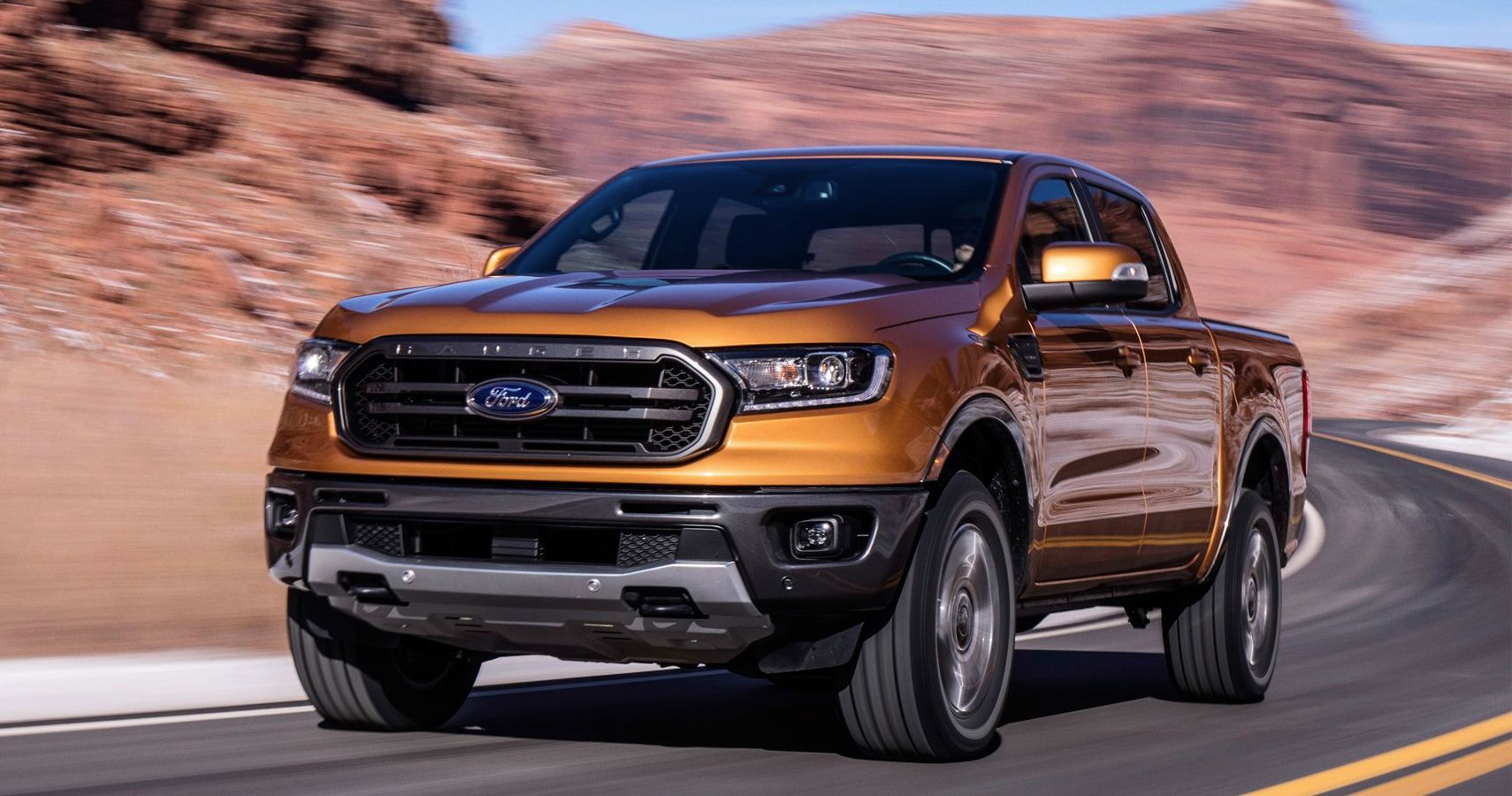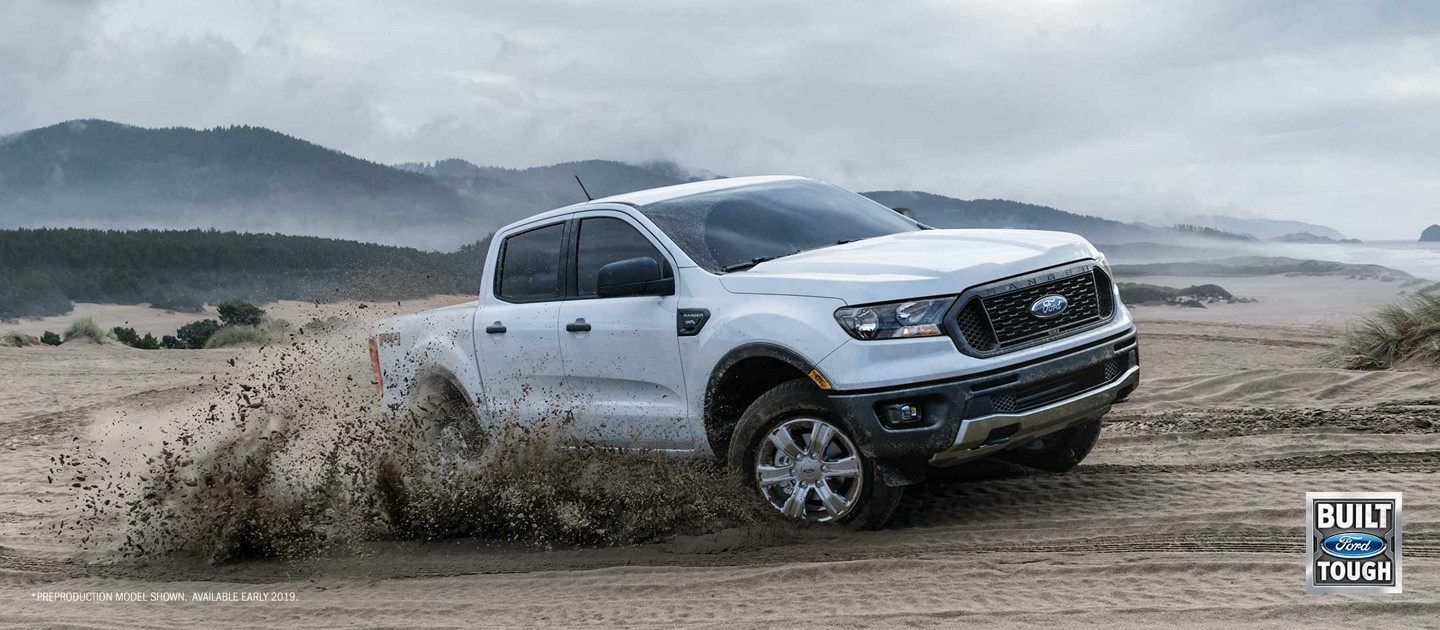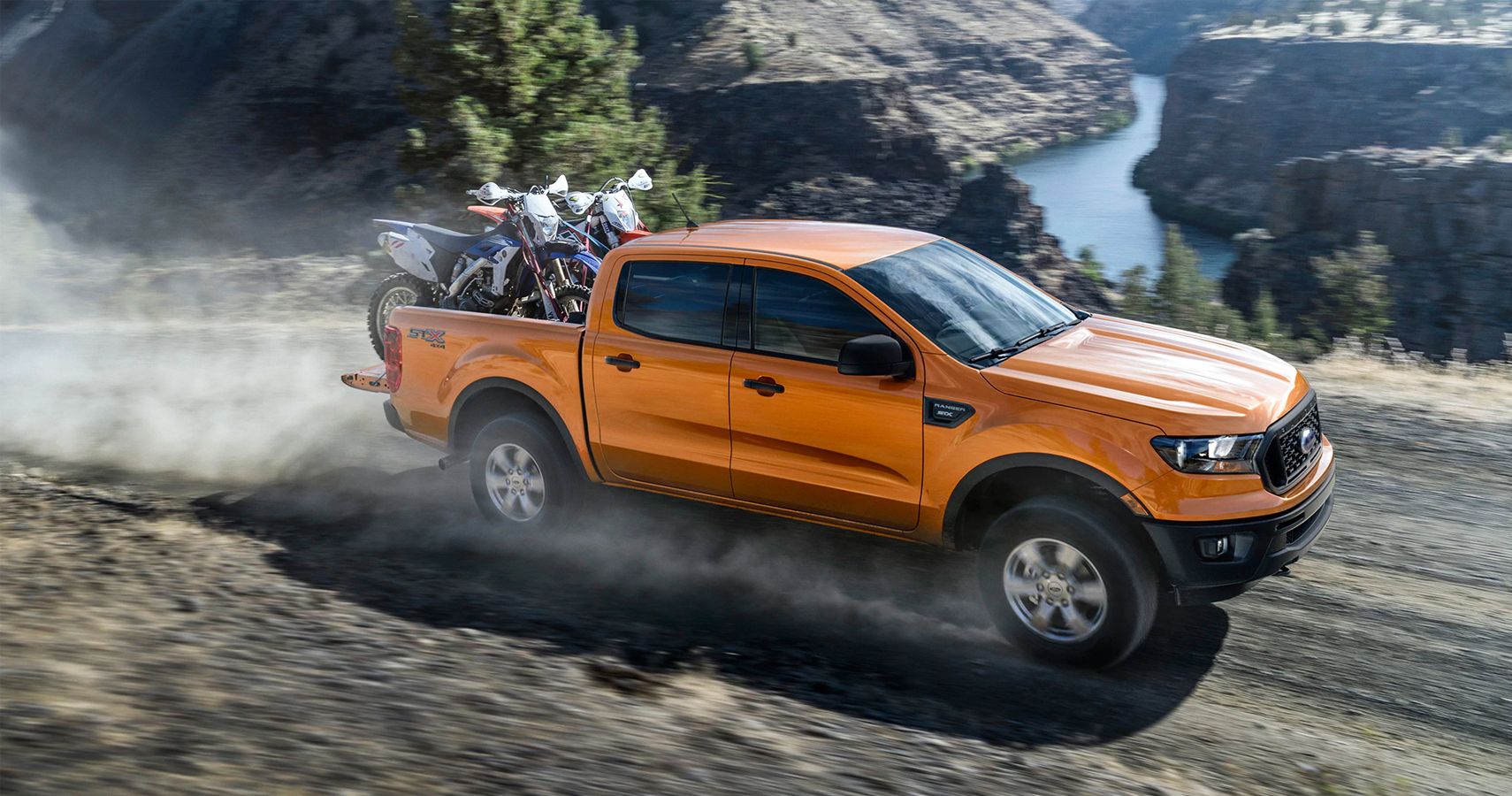The Ranger blows back into the U.S. market to reestablish itself after a hiatus abroad —and comes back taking names.
The Ranger you remember from 2011 is long gone and in its place something radically different. The U.S. Ranger has been discontinued since 2012, but the line has been evolving in foreign markets just out the mainstream spotlight ever since. The surging activity in the mid-size car and truck markets has prompted Ford to bring the Ranger line back, but this time to fill a role it’s never filled before.
RELATED: FORD RANGER RAPTOR GETS DIESEL ENGINE IN EUROPE
The Ranger nameplate was used as a trim option for F-Series trucks from the mid-‘60s until the early-‘80s where it assumed its own identity as Ford’s new mini-truck. It would offer drivers with car-like economy and truck-like utility until production for U.S. models would end in 2012 however, it was still produced under different names in other markets around the globe during this time. A lot has changed for small and mid-size trucks in its years of absence, but the Ranger reenters the market with its own set of changes that stand to jockey it into a position of formidability. For starters, it’s now a mid-size pickup, according to Autoblog.
Although it’s not the most powerful mid-size on the 2019 market, it’s far from the weakest — mid-size standard horsepower ratings today are catching up to what was common for half-ton pickups rated with 10 years ago. Facing off with the 308 hp Colorado, the 278 hp Tacoma and the 261 hp Frontier, the Ranger steps into play with enough power to slide into third place, eight notches of horsepower behind the direct-injected Tacoma. 270 hp and 310ft/lbs of torque officially rate the 2.3 EcoBoost-equipped Ranger. Although the 2.3L EcoBoost sees more horsepower in other Ford models, the Ranger version out-torques every other mid-size pickup except the Duramax turbo-diesel version of the Colorado.
Despite a technical 3rd place ranking in the horsepower department, the engineering prowess of the EcoBoost-equipped Ranger shines brightly on the low-end side of things and can only be out-towed by the Duramax-equipped Colorado; 7,500lbs for the Ranger compared to Colorado’s 7,700lbs. The Ranger also boasts a best-in-class payload capacity of 1,860lbs which is only threatened by the Tacoma’s 1,620lb rating. Another best-in-class feature you can expect from the Ranger is a 10-speed transmission amidst none better than six-speeds. The torque and gearing suggest that a very specific target audience was in mind despite the compelling general appeal of the entire package.
The focus of Ford is shifting towards a truck and sport utility-based consumer group as indicated by Jim Farley, executive vice president and president of Global Markets, in a Medium report where SUVs and crossovers rule the road. The continuance of this trend is where Ford anticipates consumers of the future to gravitate towards. With a whole lineup of performance SUVs, crossovers, and even the unveiling of the new 2020 Bronco, Ford will be ready to capture them. If one thing seems clear, it’s that we can expect a heavy mid-size market presence from Ford in the next few years.
NEXT: RUMOR — 2020 FORD BRONCO TO GET 7-SPEED MANUAL TRANSMISSION



